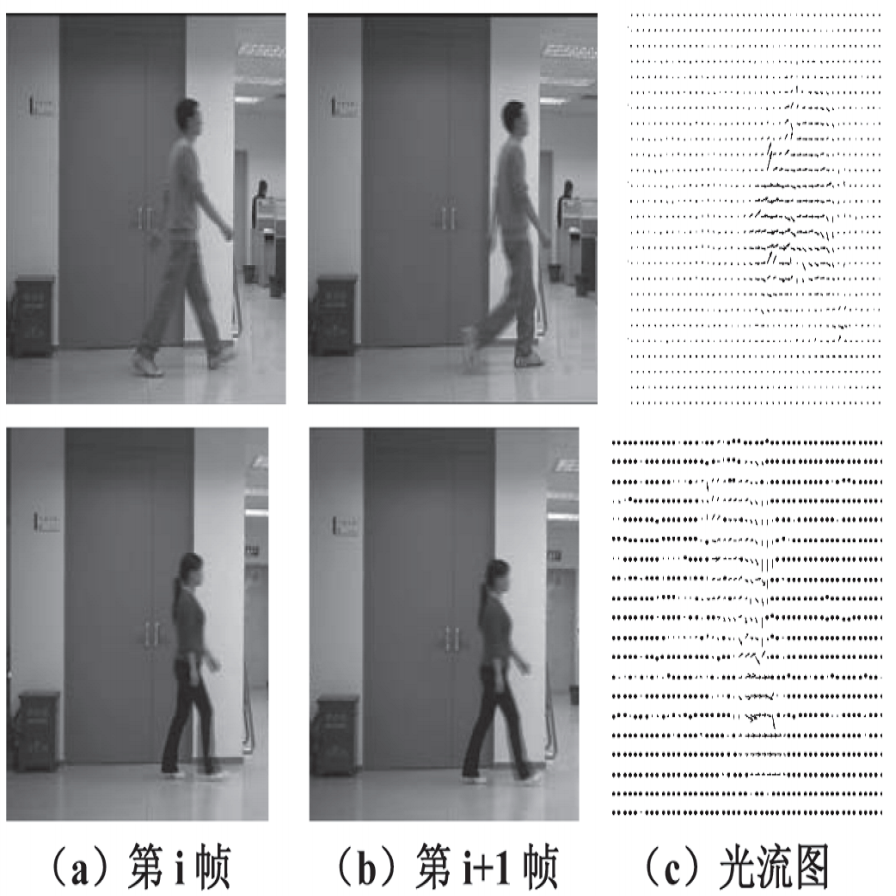Emotional Mimicry Intensity (EMI) estimation plays a pivotal role in understanding human social behavior and advancing human-computer interaction. The core challenges lie in dynamic correlation modeling and robust fusion of multimodal temporal signals. To address the limitations of existing methods--insufficient exploitation of cross-modal synergies, sensitivity to noise, and constrained fine-grained alignment capabilities--this paper proposes a dual-stage cross-modal alignment framework. Stage 1 develops vision-text and audio-text contrastive learning networks based on a CLIP architecture, achieving preliminary feature-space alignment through modality-decoupled pre-training. Stage 2 introduces a temporal-aware dynamic fusion module integrating Temporal Convolutional Networks (TCN) and gated bidirectional LSTM to capture macro-evolution patterns of facial expressions and local dynamics of acoustic features, respectively. A novel quality-guided fusion strategy further enables differentiable weight allocation for modality compensation under occlusion and noise. Experiments on the Hume-Vidmimic2 dataset demonstrate superior performance with an average Pearson correlation coefficient of 0.51 across six emotion dimensions on the validate set. Remarkably, our method achieved 0.68 on the test set, securing runner-up in the EMI Challenge Track of the 8th ABAW (Affective Behavior Analysis in the Wild) Competition, offering a novel pathway for fine-grained emotion analysis in open environments.
翻译:暂无翻译




